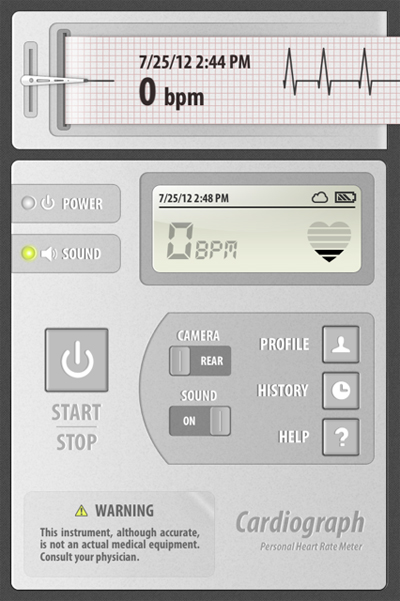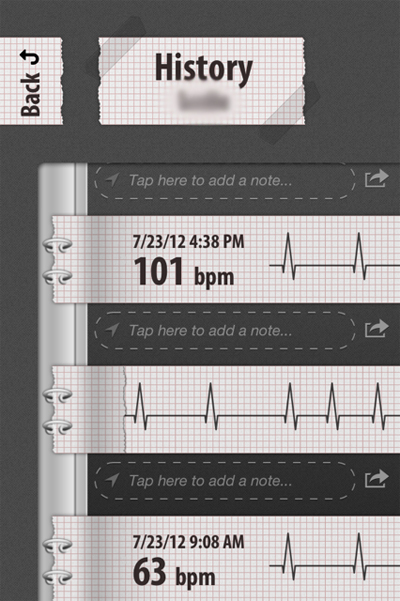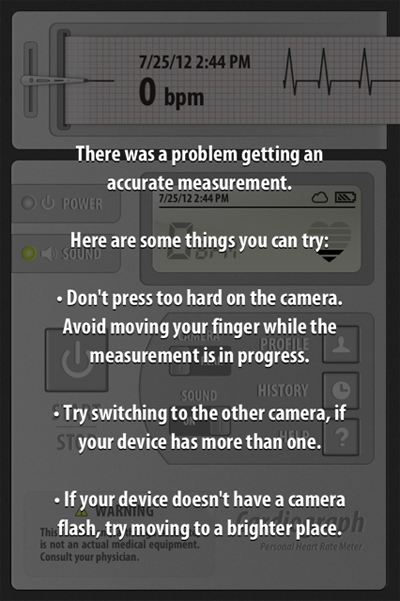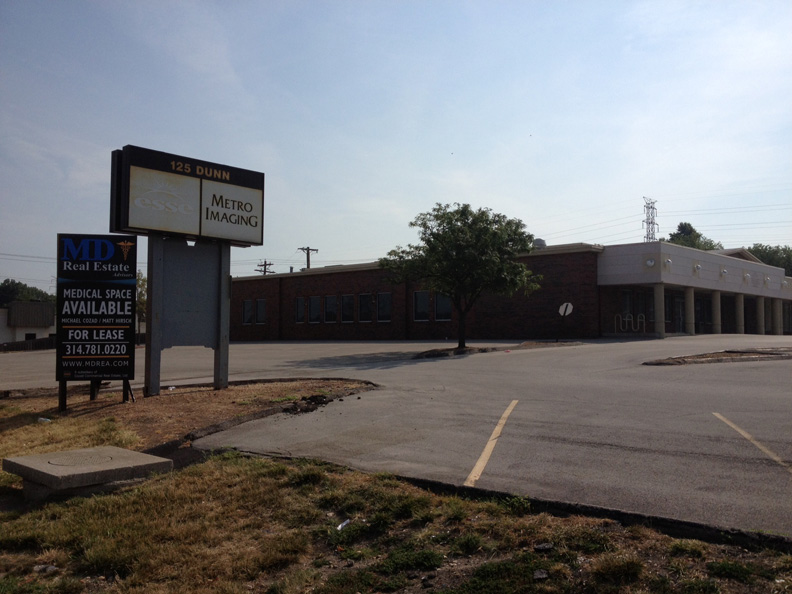"The plural of anecdote is not data."
This morning's
lead editorial in the Sunday edition of the
New York Times was entitled "A Formula for Cutting Health Costs" and contained the byline "Alaska natives have something to teach doctors and patients in the rest of the world."
I read the editorial with interest, hoping that a new perspective, vision, idea, or insight would be mentioned that would provide a sustainable cost solution to our health care crisis in America. After all, America desperately needs solutions to this conundrum.
We learn in the editorial how the Southcentral Foundation in Anchorage, Alaska treating rural patients " has achieved astonishing results in improving health of its enrollees while cutting costs in treating them."
Sadly, cost saving information was not provided.
Instead, we read that "such a transformation would require upfront financing for training, data processing and the like, but the investment
should (emphasis mine) rapidly pay off in reduced costs."
The article states that because of their efforts, "emergency room use has been reduced by 53%, specialty care visits by 65% and visits to primary care doctors by 36%." The editors claim "these efficiencies have clearly saved money" while saying in the same breath that spending of hospital services
grew "by a tiny 7%" and its spending in primary care grew by 30% . How do they explain this growth as cost savings in the editorial? They do so by claiming that 30% growth was "still well below the 40% increase posted in the national index issued by the Medical Group Management Association."
But revenues grew too - substantially. According to Southcentral Foundation's own
press release, "total revenue has consistently increased from $120.2 million in 2003 to $201.3 million in 2010, exceeding the Medical Group Management Association (MGMA) 90th percentile in 2010. Third-party payer revenue increased from $7.4 million to $17.9 million in the same time period, also exceeding the MGMA 90th percentile in 2010."
In truth, cost of care was not reduced nor was the quantity of care. What we actually have learned is the health care bill in Alaska has continued to grow at a pace that outstrips inflation while the editors of the sit back in their eames chairs and want to teach doctors a lesson.
After all, is is clear that the editors feel doctors are the problem. To the editors, doctors are the disdainers, loomers, and miscreants who must be given no place "to which they can retreat." Instead, if one is to believe the tone of the article, health care providers are optimally corralled, viewed in the open, and perhaps supervised by a lifeguard with a whistle. In the same breath the authors recommend establishing "trust and long-term relationships between patients and providers." This sounds nice until one realizes trust and long-term relationships between the patients and providers will be built (in their view) by "data mall" graphics that spur the "laggards" into compliance.
The editors continue with their scolding, pernicious nanny-state view by criticizing other providers and health care organizations who can't "summon the energy to transform their operations" to the Utopian vision put forth by this piece.
Perhaps most concerning for physicians is the sinister undertone that is becoming increasingly prevalent in some circles of main stream media. Presently doctors are facing huge cuts to their pay as part of the health care reform efforts underway. If the public is going to accept this as best for their own interest, then the editors have firmly established that physicians and hard working care providers are going to have to be subtly and constantly denigrated.
It is a shame that our health care reform discussion has come to this. Rather than enlisting physicians as part of the solution, we're now the problem.
Remember that when you can't get an appointment.
-Wes
Addendum 0912 am 23 Jul 2012:
Thanks to those that sent on these other examples of ongoing denigration of physicians:
Whitecoat's Call Room blog: Jim Dwyer New York Times - Irresponsible Journalism?
A follow-up post appears on the same blog continuing the conversation:
Jim Dwyer New York Times Pediatric Fever Article Debate
Dr. Malpani's Blog: Doctor Bashing in the Media






